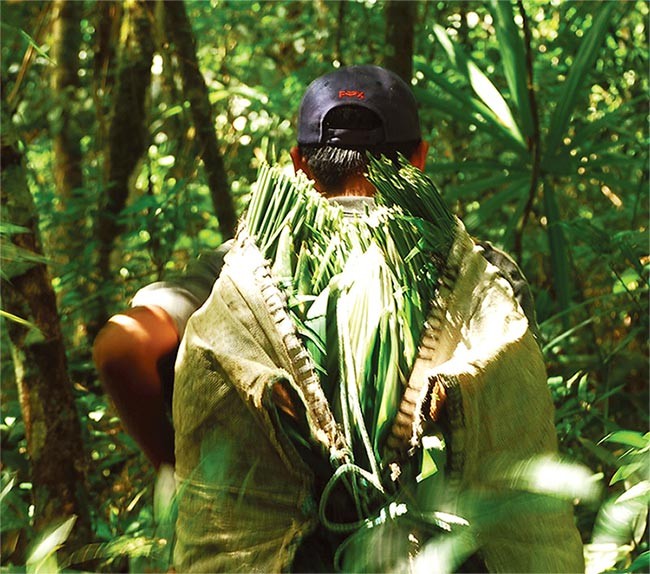
The view from atop the great Mayan pyramids of Tikal, in Guatemala’s Petén region, reveals something that is increasingly difficult to find in the tropics these days: unbroken natural forest canopy as far as the eye can see. The ancient city of Tikal – once one of the largest in pre-Columbian America – sits in the middle of a national park that makes up just one part of the much larger Maya Biosphere Reserve, which totals more than 5 million acres. Created in 1990, the Reserve is managed not unlike New York’s Adirondack Park. But it is not your typical protected area. Rather than forming a single block of strictly protected habitats controlled by the state, the Reserve is a network of more than two dozen different management units. Nine of these units are 25-year concessions, managed by local communities for timber and other forest products.
The decision, in 1997, by the Guatemalan government to allow for community management of natural forest in a protected area was and remains controversial. It was also prescient: over the last decade there has been a marked trend across the global tropics toward devolving forest management authority to local groups. Today, up to a third of the world’s tropical forest is under some form of community control. This change has come about for a number of reasons, including moves to decentralize governance more broadly, as well as a recognition that strictly protected conservation areas – a model conceived in the vast and thinly populated American West – have not performed well in the tropics, where “wilderness” tends to be home to a lot of people. The logic behind community forestry is that when local people are given the right to sustainably harvest and sell forest products, the forest will be more effectively protected, while providing income and development opportunities for people who are often marginalized and impoverished.
But does it work?
Over the past year, I have been collaborating with colleagues in the Rainforest Alliance, the Guatemalan government, other NGOs, and the concessions themselves to evaluate the environmental, social, and economic effects of community forestry in the Reserve. Fifteen years into this management model, the results are positive.
Looking at forest-cover trends since the year 2000, we found that the concessions have been at least as effective as protected areas in keeping the forest standing. While three of the original 14 concessions have been cancelled, those that remain active have near-zero deforestation. This is startling in an area like northern Guatemala, where conversion of forest – typically for livestock operations and often tied to narco-trafficking – is higher than almost anywhere else in the Americas. While some strictly protected units, such as Tikal, have successfully kept deforestation at bay, others have deforestation rates above regional averages, mainly due to illegal land clearing for cattle ranching. We’ve recommended the creation of new concessions, and the expansion of existing ones, to better control forest conversion.
The concessions operate following sound principles of forest management and silviculture. All concessions must have a long-term management plan corresponding to the length of the cutting cycle (25-40 years), prepared with assistance from a professional forester. These plans are updated every five years, refining the next five harvest years by estimating tree volumes using a 3 percent-area sample. Each year, in order to receive harvest permits, annual operation plans must be prepared based on a geo-referenced census of all commercial trees greater than 30 centimeters (just under 12 inches) DBH. Beyond species identification, the inventory records tree height, stem quality, and basal area. Annual plans must include tree maps, skid trails, roads, and landings. Crucially, thanks to heavy investments by the U.S. government and others in the form of technical assistance, community members are not only involved with these steps but actively guide them. In this way, the benefits extend beyond the immediate protection of forest resources, as communities develop strong local capacities in forest management and operations. To win and maintain a concession, the government also made it a requirement to comply with the standards of the Forest Stewardship Council (FSC).
The silvicultural approach is single-tree selection. Harvest volume per unit area is very low, typically less than one tree per acre. Annual plans prescribe which trees are to be harvested, and which will be left for future harvest or protected as seed trees. Enrichment planting is required, as well, although it is not always done and many question its effectiveness. Historically, timber harvesting has been focused heavily on big-leaf mahogany (Swietenia macrophylla) and Spanish cedar (Cedrela odorata), which together still make up around 75 percent of the volume harvest and the vast bulk of forest profits.
In other tropical forests, over-reliance on a small number of species has led to high-grading, even where forest management controls are in place. Cognizant of this, we recently did a systematic assessment of regeneration in a sample of concessions. Working with communities, the government, and a Costa Rica-based research organization called CATIE, we found that under current conditions, mahogany populations should recover their initial densities and volumes by the end of each cutting cycle. This stands in stark contrast to the situation in countries like Brazil and Mexico, where mahogany stocks in managed forests are slowly being depleted. The difference in Guatemala is above all attributable to volume harvest calculations being tied to biological reality. Allowable cutting is based on expected growth and recruitment rather than simple diameter-limit cutting, which is the norm in most of the tropics. The Petén region’s highly favorable site conditions for mahogany regeneration also helps.
Although precious woods still form the basis for most silvicultural decisions and account for the lion’s share of income, the concessions have been working to diversify production. Sharply increasing market demand for less-utilized timber species like santa maría (Callophylum brasiliense), pucté (Bucida buceras), and machiche (Lonchocarpus castilloi), among others, is helping. During my last trip to the Petén, on a visit to a community sawmill near the Belize border, I saw a dozen species on offer, most with buyers already lined up. This is an about-face from just a few years ago. Markets are changing fast; there is now sharply increased demand globally for such exotic, dense species, especially in niche markets in the furniture and building sectors.
Beyond timber, the concessions are also developing enterprise activities around a number of non-timber forest products, such as xate (a palm that has a strong export market in the U.S.), Maya nut, and allspice. And interest among some niche buyers in natural gum provides some hope that the chicle industry may be revived. Before synthetic alternatives were invented in the 1950s, tapping trees for chicle was the economic lifeblood of Petén, with companies like Wrigley buying thousands of pounds of latex per year.
Benefits to the community
The rarity and laudability of such a sustainable, diversified forest management system in the tropics cannot be understated. Ultimately, however, forest management is the easy part. For community forestry to be truly successful it must produce a host of benefits equitably, for a diversity of people, and those benefits must be compelling enough to make forestry a competitive land use choice. Here again, the concessions are performing well. On average, timber sales from all concessions top $12 million every year, with sales from non-timber forest products adding another $5 million. Each year, forestry activities result in about 3,000 permanent and seasonal jobs being created overall, with most paying well above the Guatemalan minimum wage.
In an average community, this translates to about 50 jobs created every year, and about $35,000 in wages paid. Dividends paid to families after forest products sales – averaging around $400 per household, no small sum in the Petén – add to the economic incentives. In addition, in years where certain profit thresholds are reached, or when there is a community-defined urgent need for investment, concessions dedicate up to 30 percent of the profits from sales to projects such as school upgrades, rural infrastructure, healthcare assistance for the old and infirm, and scholarships.
Big challenges remain, however. Achieving an efficient, competitive business around the management of a common property resource is a daunting task in any context. It complicates matters that Guatemalan communities have internal governance systems that require rotation of enterprise leaders every two or three years. While this helps avoid power accruing to a few, it also creates a lack of continuity and, in some cases, a “time to get what’s mine” mentality that can result in mismanagement, internal conflict, and soured business partnerships. Furthermore, in such a remote area of Central America, where access to basic services and infrastructure remains scarce, the human and technological capacities to run a twenty-first century business need strengthening.
Like a lot of forest products businesses in the northeastern U.S., communities in Guatemala have found that one of their best options is to invest in value-added. A second-tier business owned by a number of the community concessions – called FORESCOM – now has a full-time, paid professional team and the kind of high-quality infrastructure and trained workers needed to compete in today’s global markets. The installation of a wood-drying kiln, for instance, has created significant new product offerings and demand.
One of those new markets we’re working to link the concessions with, I’m happy to report, is located right in my home state of Vermont. Living here but working mostly outside the U.S. can be disorienting at times, so it’s nice to have a local connection. My hope is to one day see wood from community forests on display in hotels and restaurants – telling the story of places like the Maya Biosphere Reserve in the same way restaurants today advertise the farms where the food they serve is grown.


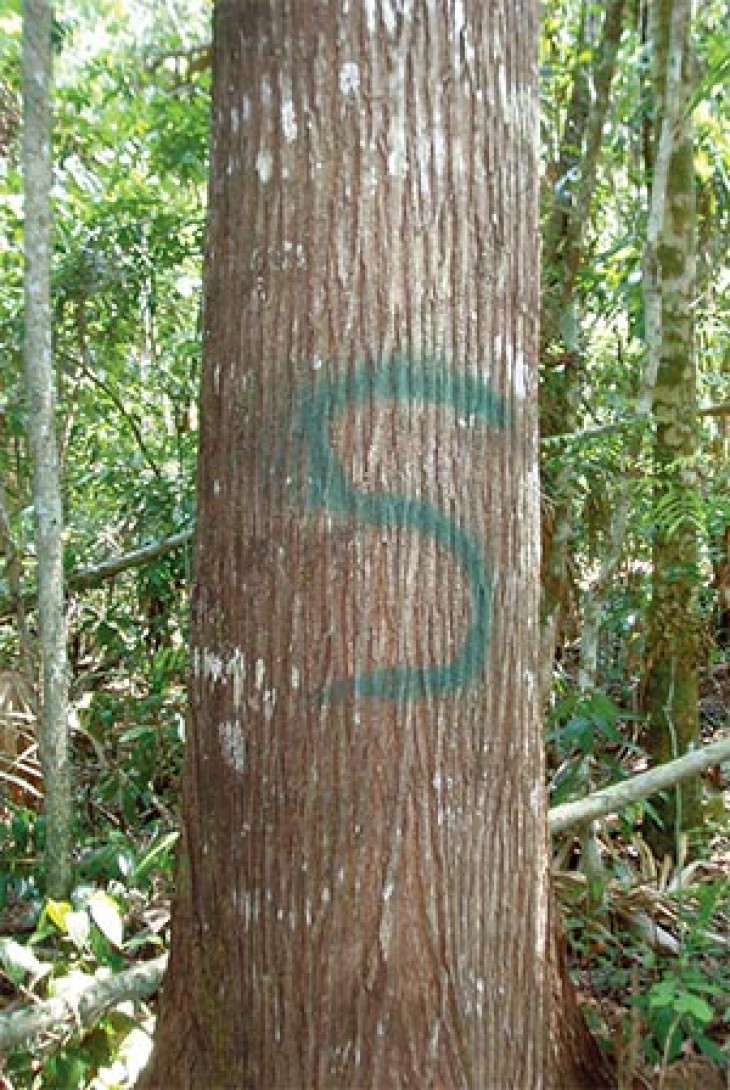
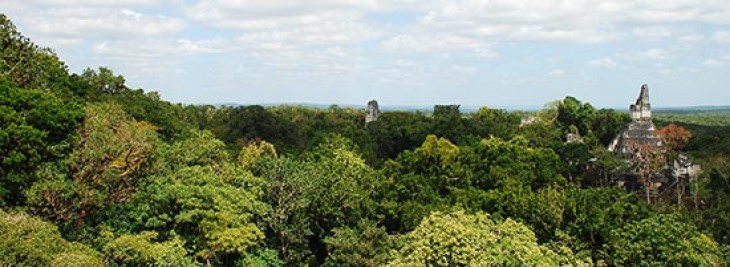
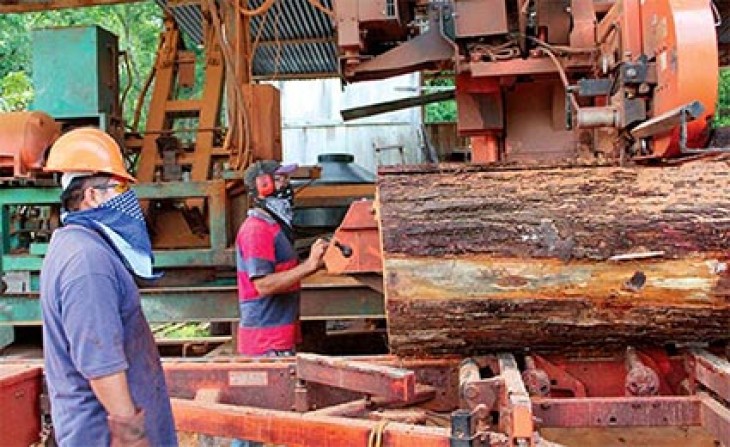
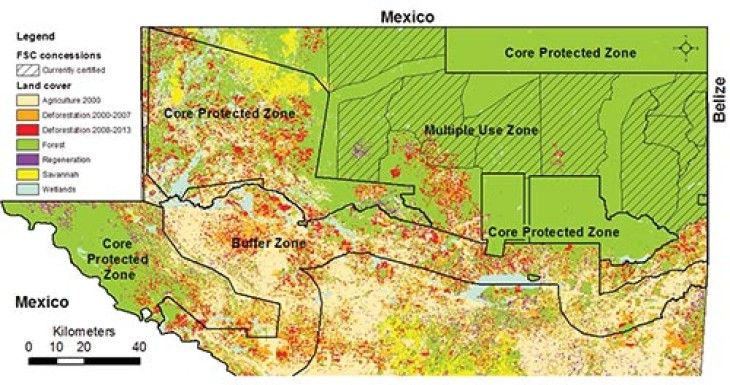
Discussion *